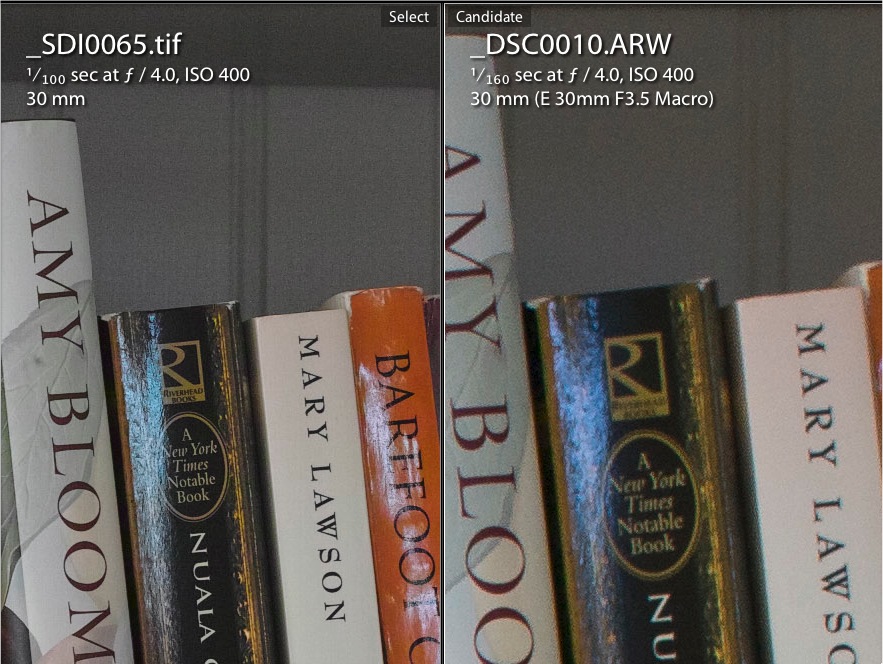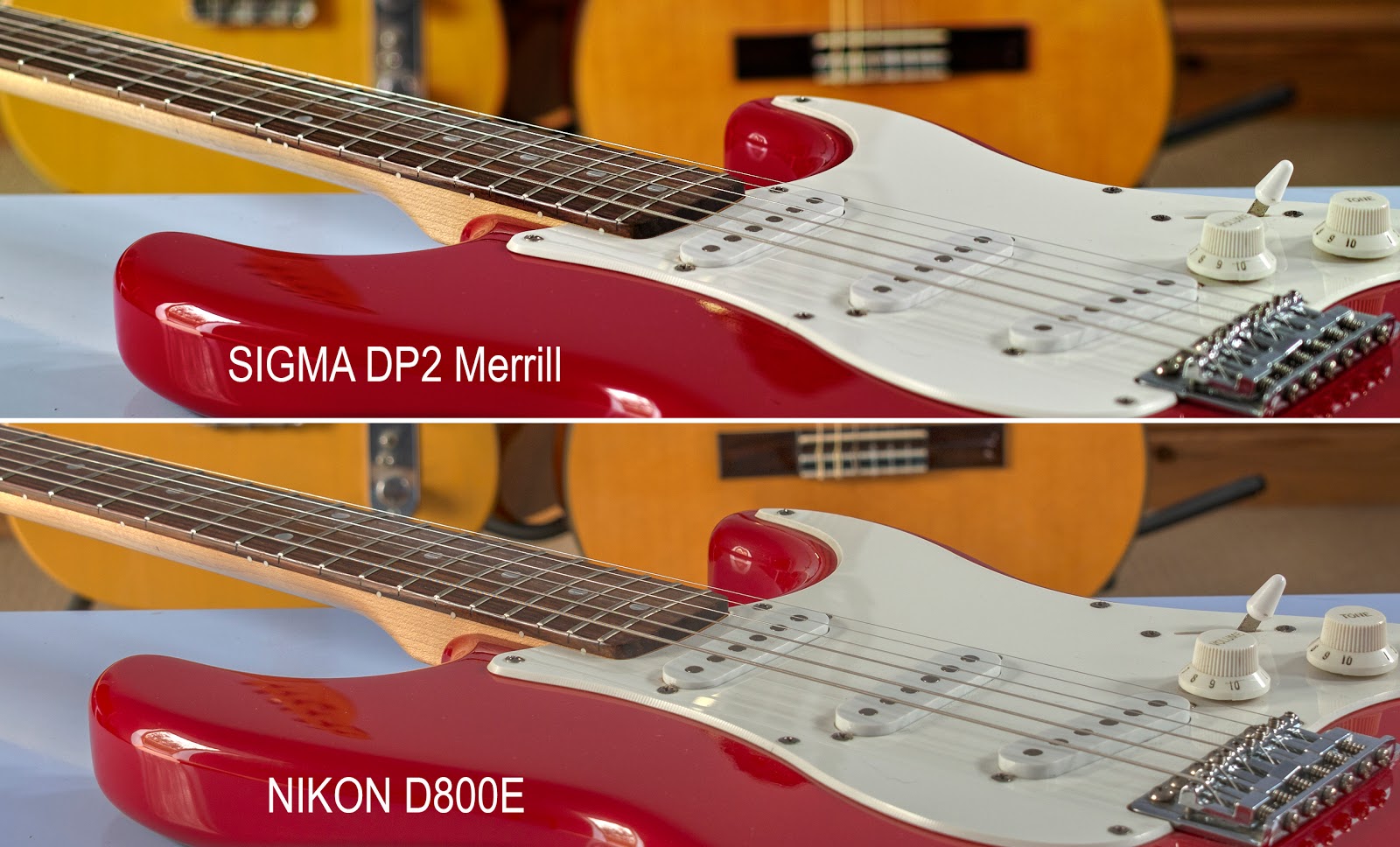Re: Which new small digicam have the best IQ in good light? Sigma DP1 and DP2 Merrill
Sigma DP1 Merrill Overview
With a major sensor and processor upgrade, the new Sigma DP1 Merrill becomes the highest-resolution fixed-lens rangefinder-style camera on the planet, according to Sigma. (That is, apart from its normal focal length twin, the DP2 Merrill.) If you're looking for a super-high resolution walk-around camera with a 28mm equivalent, single-focal-length lens, the DP1 Merrill certainly deserves a closer look.
(If you've read the preview of the DP2 Merrill, you know pretty much everything about the Sigma DP1 Merrill as well. The only differences are that the DP1 Merrill is a wide-angle camera, with a 28mm equivalent lens, and a slight difference in body size and weight.)
While earlier upgrades to the DP1 and DP2 models were relatively minor, the new Sigma DP1 Merrill is an entirely new camera, despite using the same model number as the previous generation. (The "Merrill" in the model name is homage to the late Dick Merrill, a cofounder of Foveon and co-inventor of the Foveon technology.) Incorporating the same 46-megapixel, 14.8 million photosite sensor as Sigma's SD1, the Sigma DP1 Merrill should easily outstrip the resolution of any other single-focal-length rangefinder-style camera on the market. While 14.8 million pixels in the finished files may not sound all that impressive, we found that images from the SD1 held their own quite well with those from 24-megapixel full-frame SLRs. We expect similar performance from this new DP model. (See the note at the bottom of this preview for more detail on pixels and resolution with the Foveon sensor technology.)
As noted, the massive sensor upgrade is only the tip of the iceberg here. The Sigma DP1 Merrill also received dual TRUE-II processors to handle the increase in data, a new lens, a new body, and an all-new control layout. The Sigma DP1 Merrill 's 19mm lens still has a 28mm equivalent focal length thanks to the larger sensor, but is faster than the DP1x's 16.6mm lens, with a maximum aperture of f/2.8 versus f/4.0 on the previous model.
While it looks smaller in the photos, the Sigma DP1 Merrill is actually slightly bigger and beefier than its predecessor, with dimensions of 4.8 x 2.6 x 2.5 inches, and weighing in at 12 ounces. (As compared to the DP1x's 4.5" x 2.3" x 2.0" and 8.8 ounces.) That's a modest handful; larger than some smaller Micro Four Thirds models, but considerably smaller than other high-end cameras like the recently announced Fuji X-Pro1. The larger body size does permit a 3-inch, 920,000-dot LCD monitor, a big step up from the 2.5-inch 230,000-dot screen on the earlier model.
The Sigma DP1 Merrill's control layout is new and different from that of the DP1x in a number of respects. Rear-panel controls are largely similar, although the button spacing has changed somewhat, the zoom in/out buttons have vanished, and there's no longer a control wheel under your thumb at the top of the rear panel.
The top deck has changed even more, with no dedicated mode dial as before, but rather a Mode button, presumably to be used in conjunction with the dial that now surrounds the shutter button, and also serves the zoom in/out function as well. The other big change is that the earlier internal flash has also been dropped, so flash photography will now involve an external unit attached to the standard hot shoe above the lens.
All in all, the Sigma DP1 Merrill looks like a nice little package for high-resolution "street" photography: We can't wait to get our hands on one


















